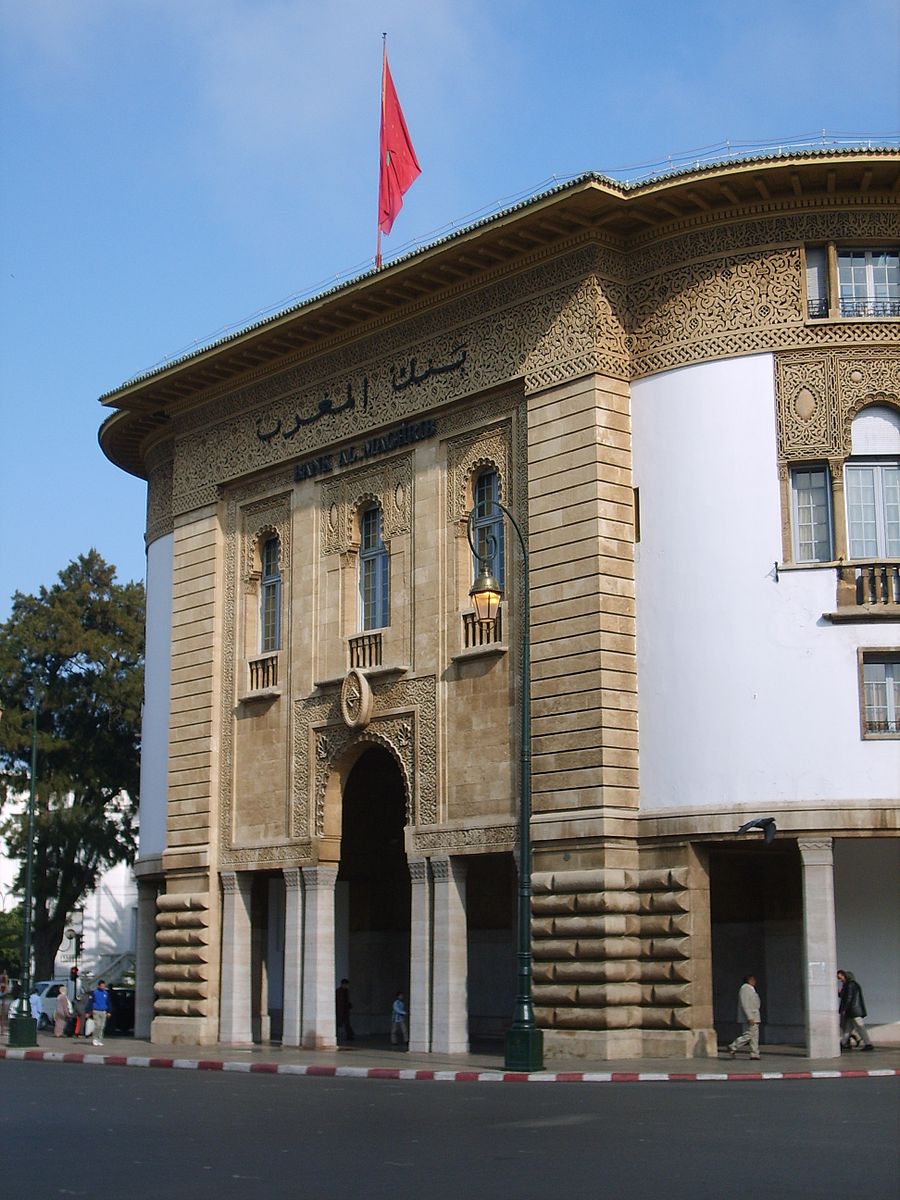Back office, Middle Office, Front Office: quels rôles, quelles responsabilités ?

Dans cet article, Esten CHAUVIN (ESSEC Business School, Grande Ecole – Master in Management, 2023-2026) partage son expérience et ses connaissances sur les rôles et responsabilités du back office, middle office et front office en finance de marché.
Introduction
Les institutions financières sont structurées en plusieurs départements essentiels à leur fonctionnement. Parmi eux, le back office, le middle office et le front office jouent des rôles distincts mais complémentaires. Cet article a pour objectif de clarifier les responsabilités spécifiques de chaque département et d’illustrer comment leur interaction contribue à l’efficacité globale de l’institution.
Rôles et responsabilités du Back Office
Le back office est souvent considéré comme le moteur silencieux des institutions financières. Il est principalement responsable du traitement des transactions financières après leur exécution. Cela inclut la confirmation et le règlement des transactions. Par exemple, lorsque vous achetez une action, le back office s’assure que les titres sont correctement livrés et que les fonds sont transférés.
Outre le traitement des transactions, le back office gère les aspects administratifs et comptables. Cela signifie tenir les livres comptables de l’institution et préparer les rapports financiers nécessaires. Imaginez qu’à la fin de chaque journée de trading, toutes les transactions doivent être enregistrées avec précision pour les audits et les rapports financiers. C’est le back office qui veille à cette rigueur.
Des tâches spécifiques incluent le règlement et la livraison des titres, où les détails de la transaction sont confirmés avec les contreparties. Le back office gère également les confirmations et les réconciliations, en rapprochant les transactions entre les systèmes internes et les contreparties pour identifier et résoudre les divergences. Enfin, ils sont responsables du reporting réglementaire et financier, préparant et soumettant des rapports aux régulateurs financiers.
Rôles et responsabilités du Middle Office
Le middle office joue un rôle crucial en matière de gestion des risques et de trésorerie. Il identifie, mesure et gère les différents types de risques : marché, crédit et liquidité. Par exemple, si une banque a un portefeuille de trading important, le middle office utilise des modèles quantitatifs pour évaluer le risque associé.
La gestion de la trésorerie et des marges est une autre responsabilité clé. Le middle office surveille les flux de trésorerie et gère les marges pour s’assurer que l’institution dispose de suffisamment de liquidités pour ses opérations. Imaginez gérer au quotidien les besoins de trésorerie pour éviter les déficits et optimiser l’utilisation des ressources.
Parmi les tâches spécifiques, le middle office suit les positions et les expositions en temps réel pour identifier les risques potentiels. Il gère également les liquidités et le collatéral, optimisant leur utilisation pour maximiser l’efficacité financière. Enfin, il calcule et suit les risques de marché, de crédit et de liquidité, utilisant des modèles de risque pour évaluer et atténuer les risques potentiels.
Rôles et responsabilités du Front Office
Le front office est la vitrine de l’institution financière, en première ligne pour interagir avec les marchés et effectuer des transactions financières. Les traders du front office exécutent des ordres sur les marchés financiers, qu’il s’agisse d’actions, d’obligations, de devises ou de dérivés.
Le front office est également responsable de la génération de revenus pour l’institution. Les traders développent des stratégies de trading et prennent des positions pour maximiser les profits. Par exemple, ils analysent les marchés et prennent des positions en fonction des conditions économiques pour générer des gains.
En plus du trading, le front office offre des conseils et des services aux clients. Cela peut inclure des recommandations d’investissement ou des services de gestion de patrimoine. Ils élaborent également des stratégies de négociation basées sur l’analyse des marchés et des conditions économiques, utilisant leur expertise pour prendre des décisions éclairées.
Comparaison et interactions entre les trois départements
Bien que chaque département ait des fonctions et des responsabilités distinctes, ils sont étroitement liés et dépendent les uns des autres. Le front office, par exemple, dépend du middle et du back office pour le soutien opérationnel et la gestion des risques. Sans une collaboration efficace, les transactions ne pourraient pas être exécutées de manière fluide et les risques ne seraient pas correctement gérés.
La communication et la coordination entre les départements sont essentielles. Prenons l’exemple d’une transaction financière complexe : le front office exécute l’ordre, le middle office surveille le risque et le back office traite la transaction. Une communication efficace entre ces départements garantit que chaque étape du processus est réalisée correctement, minimisant ainsi les erreurs et les risques.
Conclusion
Chaque département – back office, middle office et front office – joue un rôle crucial dans une institution financière. Le back office assure le bon déroulement des transactions et la conformité administrative, le middle office gère les risques et la trésorerie, et le front office génère des revenus et interagit avec les marchés. Ensemble, ils contribuent à l’efficacité et à la rentabilité de l’institution.
Avec l’avènement des nouvelles technologies, comme l’automatisation et l’intelligence artificielle, les rôles traditionnels de ces départements évoluent. Les compétences requises se transforment également, et il est essentiel pour les futurs professionnels de se tenir à jour avec ces changements pour réussir dans le secteur financier.
Autres articles sur le blog SimTrade
▶ Youssef LOURAOUI My experience as a portfolio manager in a central bank
▶ Alexandre VERLET Working in finance: trading
▶ Akshit GUPTA Analysis of The Rogue Trader movie
Ressources utiles
Pour approfondir vos connaissances sur les rôles du back office, middle office et front office, voici quelques ressources recommandées :
Les différences entre le front, le middle et le back office en banque d’investissement
À propos de l’auteur
Cet article a été écrit en juillet 2024 par Esten CHAUVIN (ESSEC Business School, Grande Ecole – Master in Management, 2023-2026) et ancien stagiaire OTC Derivatives, Stock Loans, Repo Loans chez Oddo BHF.


